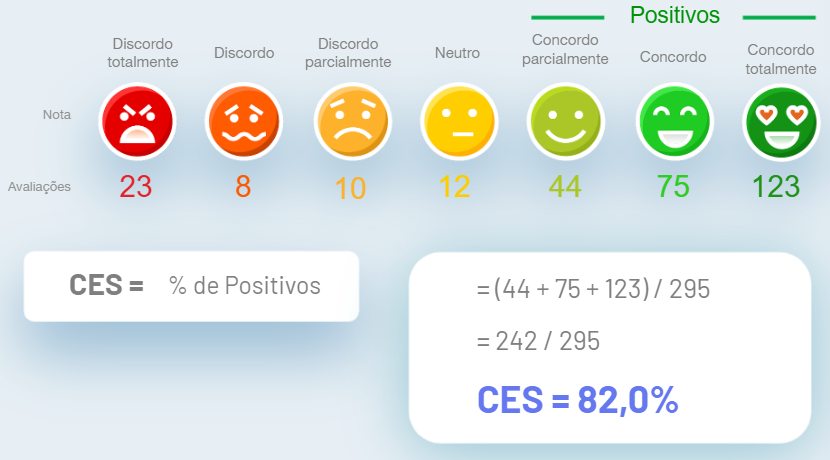What is CES and what is different from NPS
Born to prove that the concept of surprising the customer is not the main factor for loyalty, the Customer Effort Score (CES) or Customer Effort Index (IEC) advocates that the lower the customer’s effort to meet their goals, the greater the chances of brand loyalty. This is a service-specific satisfaction indicator, suitable for short-term analysis, which aims to monitor Customer Experience, that is, the relationship between the company and its customers. We will talk more about these particularities.
Where and how the Customer Effort Score came about
Like the NPS , CES first appeared in the HBR (Harvard Business Review) under the title Stop Trying to Delight Your Customers. It was in August 2010 that Matthew Dixon, Karen Freeman, and Nicholas Toman decided to “cause” by telling the world that everything they were doing and investing in to surprise customers was not significant. They stated that trying to surprise customers is too expensive and does not generate the expected loyalty.
Take care of the essentials in your Customer Experience
To raise this awareness, the authors invite us to compare how many times you prioritized a company for its exceptional service and, especially, how many times you abandoned a company due to a bad shopping experience, stating that this last situation is a very common and recurrent practice in the lives of consumers.
With CSAT (Customer Satisfaction) and NPS (Net Promoter Score) as its predecessors, CES did not find a market in need of satisfaction indicators and thus had to present a good reason to gain followers. According to its creators, CES would in fact be the indicator with the highest correlation between repurchase and ticket increase. The result of this study is presented in the graph below:

Where should CES be applied?
An interesting argument proposed by the creators of CES is to compare the two graphs below:

The percentages attributed are only illustrative, the researchers did not present real results for this comparison.
The graphs above show that services do not have a significant weight in loyalty, but have a significant impact on customer churn.
It is evident that CES is an indicator designed to replace CSAT at touchpoints involving services. Based on the creators’ arguments, it would be appropriate to apply the tool right after a conversation with the SAC (Customer Service), for example.
How to apply and calculate the Customer Effort Score
This indicator is composed of a single question, but it can be applied to several processes involving the customer, so you can ask it more than once, adapting it according to specific interactions.

The result is the percentage of positive reviews, or the sum of respondents who chose “partially agree,” “agree,” and “strongly agree.”
Evaluating customer satisfaction rates is essential for the consolidation and sustainability of the company. In this way, knowing and applying tools such as CES is part of the path that leads to business success.









